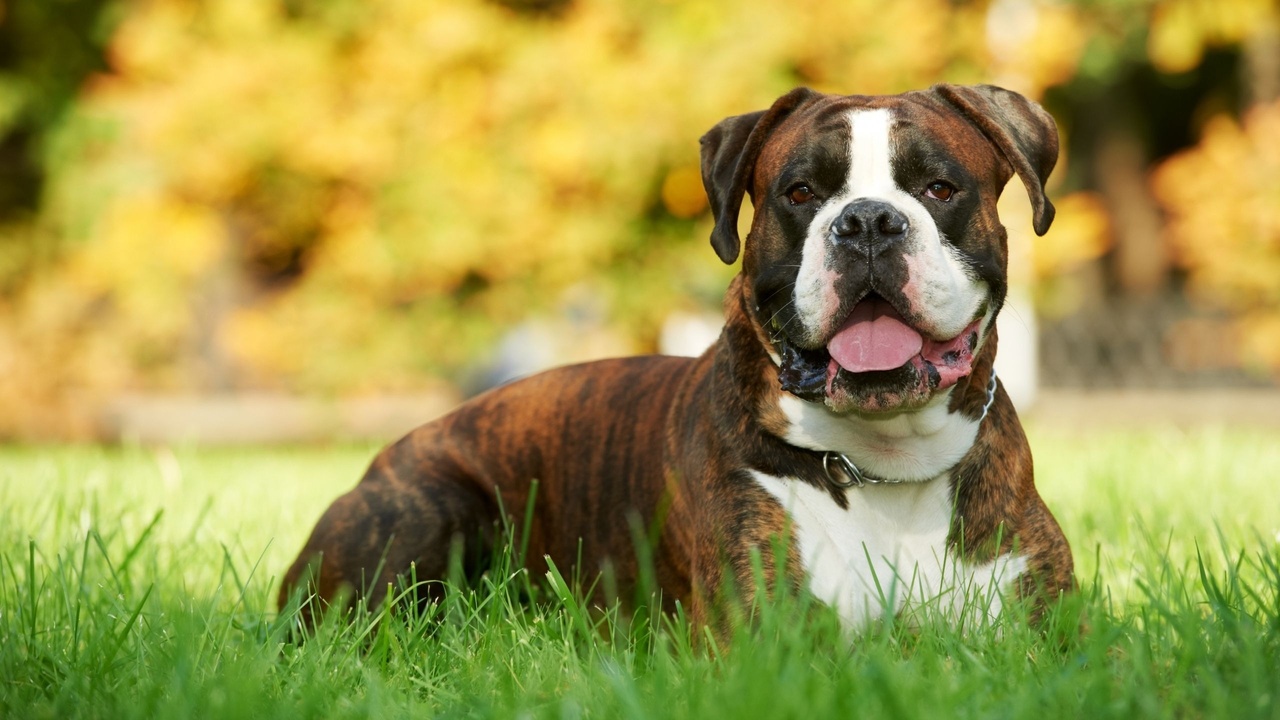Diagnosing Degenerative Myelopathy
Jan 21, 2022
Diagnosing Degenerative Myelopathy
When it comes to testing for degenerative myelopathy, candidates are divided into three classes:
- At-risk (A/A homozygotes)
- Carrier (A/N heterozygous)
- Clear (N/N genotype)
I helped develop the two tables below to assist my clients in making breeding decisions to prevent or limit the transition of the SOD1 mutation gene. The first table is more of a mathematical table, and the second table is a visual guide. I find that clients comprehend data differently, so I wanted to make this as simple as possible, as it can be a confusing concept to grasp.

Photo of a German Shepherd breeding pair.


The current thinking about DM is that only dogs with two copies of the mutated SOD1 gene have a high likelihood of developing DM. A dog must have both the alleles (that is, A/A homozygotes) to develop DM. But there have also been cases in which dogs that test positive don’t develop DM as well as cases in which a dog that has only one SOD1 gene develops DM. It’s also thought that environment may play a big part in the progression of the disease.
There’s still much to be discovered and learn about DM and its causes. The genetic test isn’t 100% foolproof, but it provides a common-sense prediction of which dogs are at risk—and the degree of risk—and which dogs aren’t.
Clinical Signs Used to Diagnose Degenerative Myelopathy
The classic clinical signs of DM are:
- Sudden onset of clinical neurological signs without trauma
- No history of pain
- Mild ataxia and paresis of the hind limbs without thoracic limbs being affected
As we’ve mentioned, there’s a greater likelihood of DM if the patient is a high-risk breed or between five and 14 years of age. Diagnosis is based on the exclusion of all other disorders, and the genetic test may assist in a diagnosis when used in conjunction with clinical signs to get a presumptive diagnosis. The only truly accurate diagnosis can be made on post-mortem examination of the spinal cord
One of the big challenges in diagnosing DM is that it’s a diagnosis of exclusion—meaning all other diseases must be ruled out. The signs of degenerative myelopathy are similar to hip dysplasia in stages 1 and 2, and initial clinical signs may mimic other spinal conditions such as intervertebral disc disease (IVDD) or a slow-growing tumor of the spine.
Radiographs (X-rays) are usually the first line of diagnostic tests performed in determining if a dog has DM. X-rays these are excellent for ruling out hip dysplasia or other degenerative joint disease in the hind-limb joints and spine. The only drawback to radiographs is they don’t show soft-tissue structures—such as the spinal discs and the spinal cord—very well. If IVDD or a spinal tumor is suspected, an MRI or CT scan is a more appropriate imaging technique for ruling out these possible diagnoses. Another diagnostic alternative is myelography. This involves injecting a contrast agent (dye) into the space surrounding the spinal cord and radiographing the spine to note any interruption of the dye, which could indicate IVDD or a spinal tumor. Both MRI and myelography require the dog to be sedated with a general anesthetic.
Occasionally, it’s necessary to collect and analyze cerebrospinal fluid (CSF) to rule out inflammatory conditions. The problem that we see with DM patients is that the putting the dog under general anesthesia can exacerbate the disease. It’s believed that the fluid-collection procedure places more oxidative stress on the remaining Schwann cells and speeds up the destruction of the remaining nerve cells axons in the white matter.
The genetic test that’s currently available is helpful, but it still can be costly, frustrating, and time consuming to get to a diagnosis of DM.
If you have any questions about Degenerative Myelopathy please contact the team at VTA today [email protected] or fill out the form here: https://www.veterinaryteachingacademy.com/contact-us
For a full extensive at-home program for Degenerative Myelopathy: https://www.veterinaryteachingacademy.com/caninerehabondemand-degenerativemyelopathy
References:
(1) http://www.caninegeneticdiseases.net/dm/basicDM.htm
© Author: Dr. John | Veterinary Teaching Academy, Canine Rehab Teaching Academy, Canine Rehab on Demand
